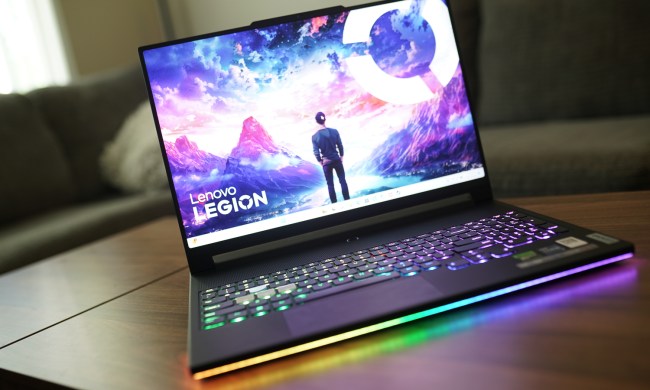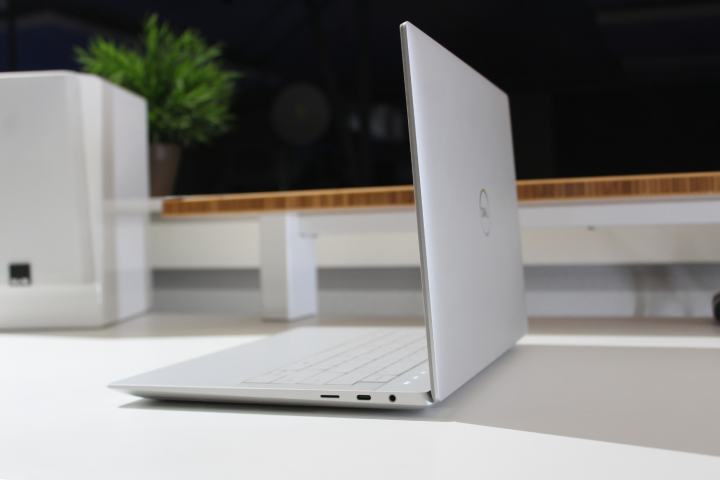
Dell has one of the most extensive laptop lineups around, ranging from the budget-oriented Inspiron to super-powerful Precision workstations. You’ll find Dell laptops on many of our best-of lists, including best laptops and best business laptops. If you’re looking for a premium laptop, you’ll have to decide between a consumer-oriented XPS and a business-focused Latitude.
While there’s some overlap between these lines, significant differences exist that need to be considered. Here, we’ll provide an overview of the XPS and Latitude lineups to help discerning buyers make the right investment.
Design
There are three current XPS laptops to consider: The XPS 13 2-in-1 has become the standard XPS 13 to represent the 13-inch class. The older XPS 15 has been replaced with the XPS 14 and the XPS 17 with the XPS 16. These are among the best you can buy in their class.
The Latitude line is more diverse, with a host of machines in 13, 14, and 15-inch sizes broken out into the 3000, 5000, 7000, and 9000 series (the second number designates the display size). The higher the number, the more powerfully configured, the longer the warranty, and the more expensive it gets. In addition to the clamshell and convertible 2-in-1 designs you’ll find in the XPS line, you can also choose from several Latitude detachable tablets.
However, you won’t find a 16-inch Latitude, giving the XPS line the distinction of hosting the largest laptop that Dell produces between these two brands.
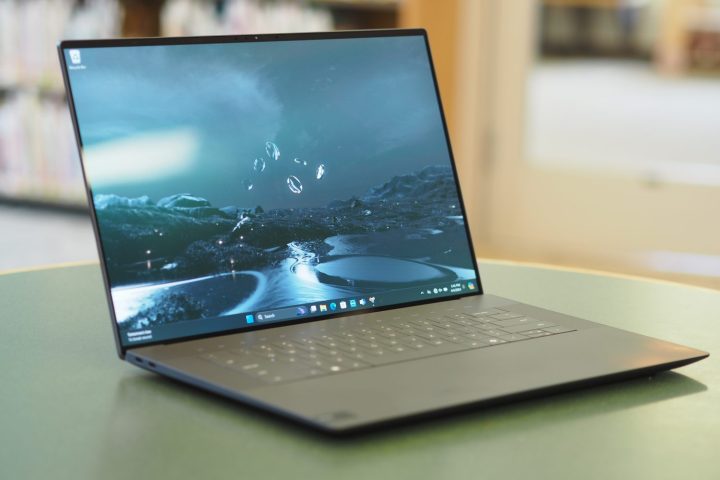
All of Dell’s premium
The XPS line is more aesthetically modern, with silver or black chassis, all-glass palm rests, zero-lattice keyboards, LED touch function keys, and striking angles that create a simple yet standout look and feel. The Latitude line tends to be more conservatively designed, with sleeker lines, all-metal chassis, and a minimalistic look that better fits the boardroom than the coffee shop.
All of Dell’s
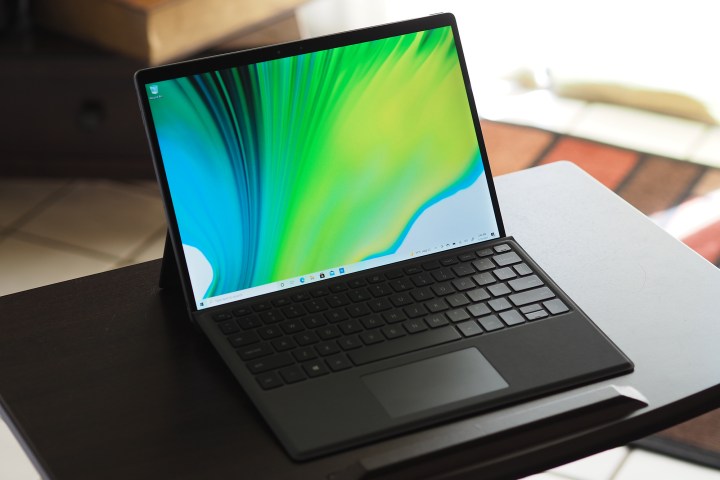
There’s a wide range of keyboards available on Latitude
The biggest difference between the two lines is the suite of business-friendly security and other features that Dell builds into the Latitude line. Features like ExpressSign-In that uses a proximity sensor to detect that the user is present to wake up the laptop and log in via an IR camera and Windows 10 Hello, and ExpressConnect that automatically connects to the strongest access point in an office, differentiate the Latitude from the XPS. Really, if you’re a business user working for a company with an IT department that’s responsible for managing your laptop, then you’ll likely be handed a Latitude rather than an XPS. It’s simply that much better for business.

Another significant difference between XPS and Latitude machines is connectivity. The XPS line has gone all-in on USB-C and Thunderbolt 4, without a single USB-A or other port to be found. You’ll be using dongles to connect to legacy devices.
Latitudes tend to have more connectivity, again to meet the needs of businesses that don’t want their users relying on dongles to connect to legacy devices. USB-A, HDMI, WWAN (LTE and 5G), and even Ethernet ports are available on various Latitude
Performance
The XPS range is clearly Dell’s performance line, at least when compared to the Latitudes. The XPS line is all-in on Intel’s 14th-gen Meteor Lake CPUs, but most of Dell’s business-class
If you’re looking for solid productivity performance, either the XPS or Latitude lines will meet your needs.
In addition, the XPS 14 and 16 have the fastest discrete graphics you can get in either of these lines, the Nvidia RTX 4050 in the XPS 14 and the RTX 4070 in the XPS 16. The XPS 13 is limited to Intel Arc graphics. You can configure discrete graphics in various Latitude machines, but you’re limited to lower-end GPUs.
You’re more limited in upgrading both the XPS and Latitude lines. The days of easily upgraded
If you’re looking for solid productivity performance, either the XPS or Latitude lines will meet your needs. If you’re looking for running more demanding tasks like video editing, then the XPS 14 or 16 will be more up your alley. The same goes with gaming — the best gaming machines in either of these lines are the XPS 14 and 16, although the XPS 14 is an entry-level gaming machine at best.
Display

The XPS line offers the best displays, at least at the high end. As mentioned earlier, they’re all taller 16:10 displays and so great for productivity. They also offer the widest and most accurate colors, the brightest displays, and the highest contrast. In addition, you can get inky black and brilliantly colorful OLED displays across every XPS model, something that’s not available in the Latitude line.
You’re also more likely to be limited to Full HD (1920 x 1080) for Full HD+ (1920 x 1200) displays in the Latitude line, even in the larger models. XPS machines vary by display size, with the XPS 16 having the highest-res option at UHD+ (3840 x 2400) options. Touch-enabled displays are optional in both XPS and various Latitude
If you’re a creator who wants the best possible display for photo or video editing, then the XPS line will offer you just that. Since most business tasks don’t benefit so much from rich color, the Latitude line aims at offering features like low-power panels rather than high resolutions and creative-level colors support.
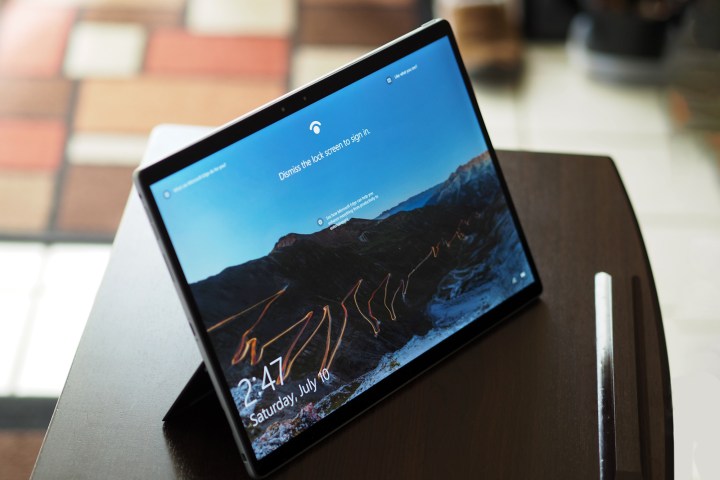
Portability
As mentioned before, the XPS line has the smallest bezels and thus the smallest chassis, at least considering their 16:10 displays that add some depth. The XPS 13, 14, and 16 are among the smallest
Battery life is a different matter. While Full HD+ (1920 x 1200) XPS machines can get decent battery life, they can’t hold a candle to the longest-lasting Latitudes. You’ll find larger batteries in certain Latitude
Unless you’re a business user, get an XPS
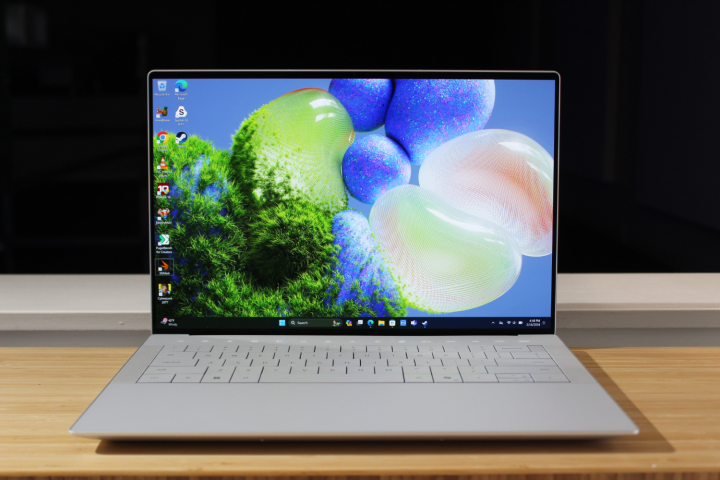
Both the XPS and Latitude are true premium lines. Even so, you can get versions of each starting for less than $1,000 if you go with older models that are on sale, while they’re similarly priced at the high end. Note that the XPS line comes with a one-year warranty while the higher-end Latitude machines come with three-year warranties.
In the Latitude line, the Latitude 3340, which starts at $668 with a Core i3-1315U, 8GB of RAM, a 256GB SSD, and a 13.3-inch Full HD display. The Latitude 9540 2-in-1 or laptop is at the high end, which costs $3,069 with a Core Ultra 7 165U, 32GB of
The older XPS 13 9315 starts at $599 for a Core i5-1230U, 8GB of
If you’re a business user, especially if you work in a larger organization and need the most business-friendly features, then you’ll be happiest with a Latitude. Everyone else, though, will love an XPS for its great looks, excellent performance, and superior display options.


